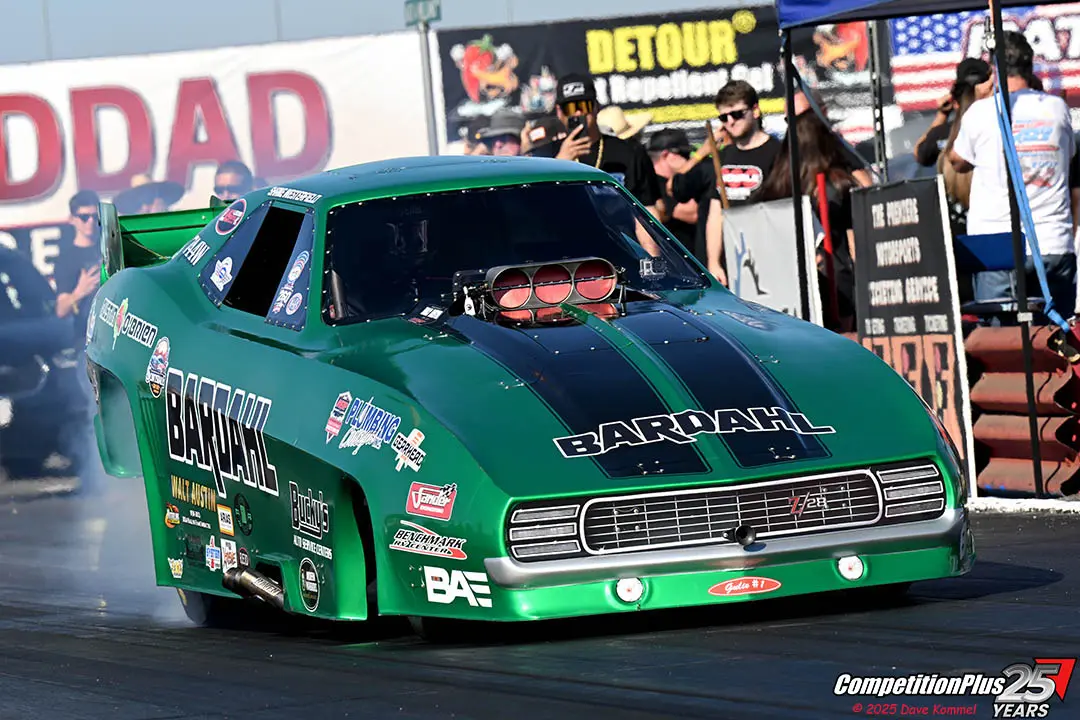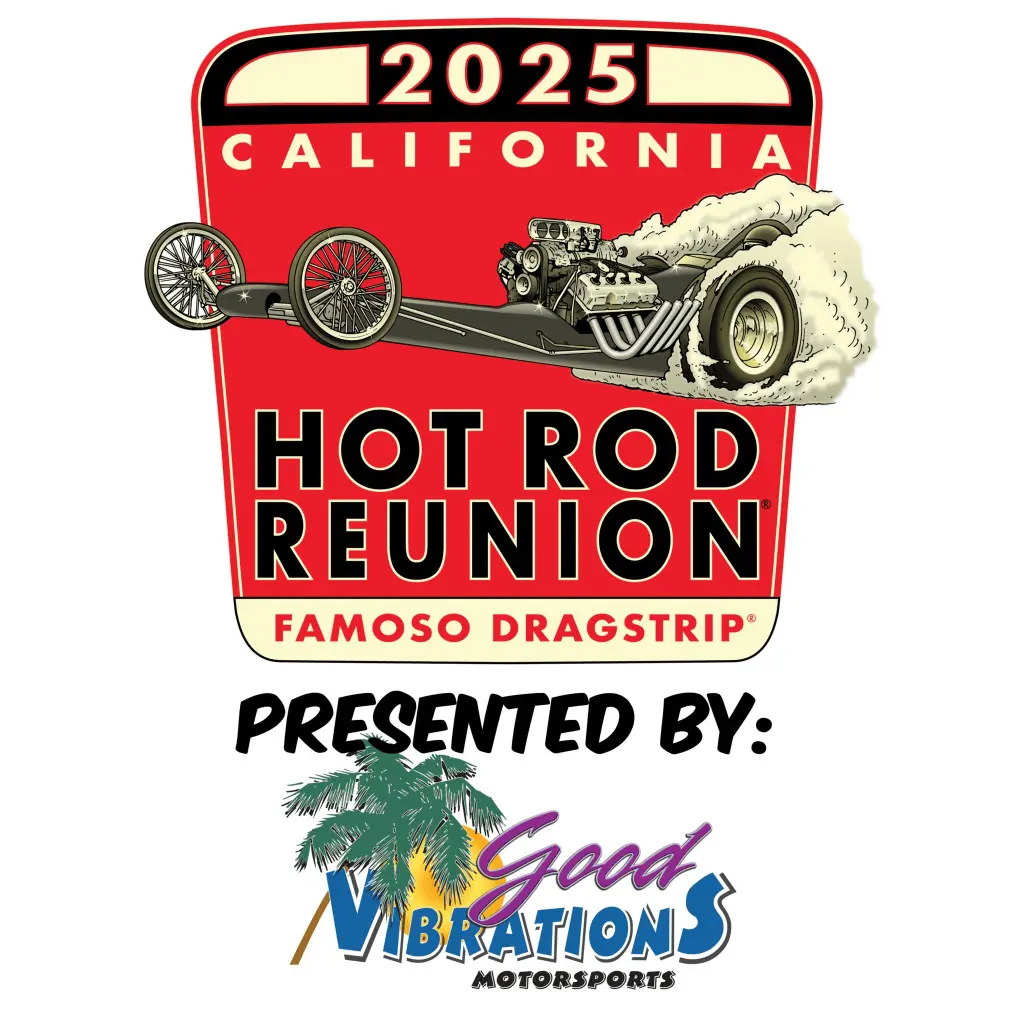ORIGINALLY PUBLISHED 12-13-2012
 SS&DI, March ’73, Jeff Tinsley
SS&DI, March ’73, Jeff Tinsley

Nader’s Unsafe at Any Speed: The Designed-In Dangers of the American Automobile book was published in 1965 with the first chapter devoted to the Corvair.
Schumacher is confident had this book been written in 1973, the Vega panel wagons he ran under the Wonder Bread sponsorship would have had a chapter of its own, too. While Schumacher readily admits this was the most popular Funny car he ever fielded amongst race fans, he absolutely categorized the off-the-beaten path ride as the most dangerous too.
“Unsafe at any speed for sure,” Schumacher said. “The panel wagon on a race track was certainly unsafe. Actually, Chevy gave me three of them that I had across the country that I drove on the road. I mean one was in California, one was in the Chicago-land area, and I think the third one may have been down in the southeast. We flew into that airport and used that vehicle to get me to whatever match race I was going to. They were perfectly fine on the road; they just did not translate into being a good race car.”
In today’s Funny Car community where the front-runners are often accused of turning cars into aerodynamic shells which do not represent their namesake, the Vega panel wagons provided no denial as to which kind of car they represented. Identity had its drawbacks.
“It just handled horribly because of the lack of aerodynamics at the back of the car,” recalled Schumacher. “I mean a squared off box like that, and we didn’t know or understand aerodynamics back at that time, realistically, we guessed at some things, but I can only say that it lifted up the back of the car and I almost turned the car over at half-track and I never made another run with it and didn’t let any of my drivers either.”
What inspired Schumacher to build such an aerodynamically deprived race car? The request of a sponsor to carry out their vision provided the inspiration.
ITT Continental Baking Company, then the parent company of the Wonderbread brand, had originally contracted with Don Rackman to field a pair of the panel wagons driven by Kelly Brown and Glenn Way. The team struggled and eventually executives of Wonder Bread approached Schumacher to take over the program.
Schumacher got the first of the panel wagons followed by team drivers Raymond Beadle and Bobby Rowe.
“I got mine done first, then I was running a match race up in Union Grove, Wisconsin, and the first pass I almost turned the car over at half-track,” Schumacher said. “My agreement with Wonderbread on the front end I told them that I didn’t believe that panel trucks would be something that was raceable, but I would give it a try. I immediately changed all three of my cars over to Plymouth Barracudas until later in the year when I put Chevy Vega bodies on them, but not the panel trucks.”
 While Schumacher wasn’t the first to run the Wonder Wagons, he admits fans still approach him with adoration of the ill-advised cars.
While Schumacher wasn’t the first to run the Wonder Wagons, he admits fans still approach him with adoration of the ill-advised cars.
“It was one of the very, very popular cars that I ran,” Schumacher said. “When I went to the real low, aerodynamic Vega that John Butterra built for me [afterward] it set the stage for a new style of Funny Car unlike the wagons.”
Hostess Brands bought the Wonderbread brand from ITT Continental Baking in the mid-1990s, and the recent bankruptcy filings by the parent company inspired thoughts of the legendary Funny Car from almost 40 years ago. Watching the brand close, effectively forever seals one of chapters in Schumacher’s driving career which ended in 1974.
“It’s really a pity that the brand has gone bankrupt, and I’m sure some company will pick up the actual product lines of both Wonderbread and Twinkies and all of the other snack cakes that they manufactured,” said Schumacher. “But yes, it was a great relationship, a good time, I can remember them putting little loaves of bread the size of Twinkies in packages for us that we would hand out to the crowd and throw to the crowd as we came back up the return road. It was a great program that was to motivate the truck drivers, and the truck drivers were really the salesmen that called on the retailers.”
And, even though the panel wagon failed to deliver on the race track, it still continues to deliver in the memories and adoration of race fans.


































